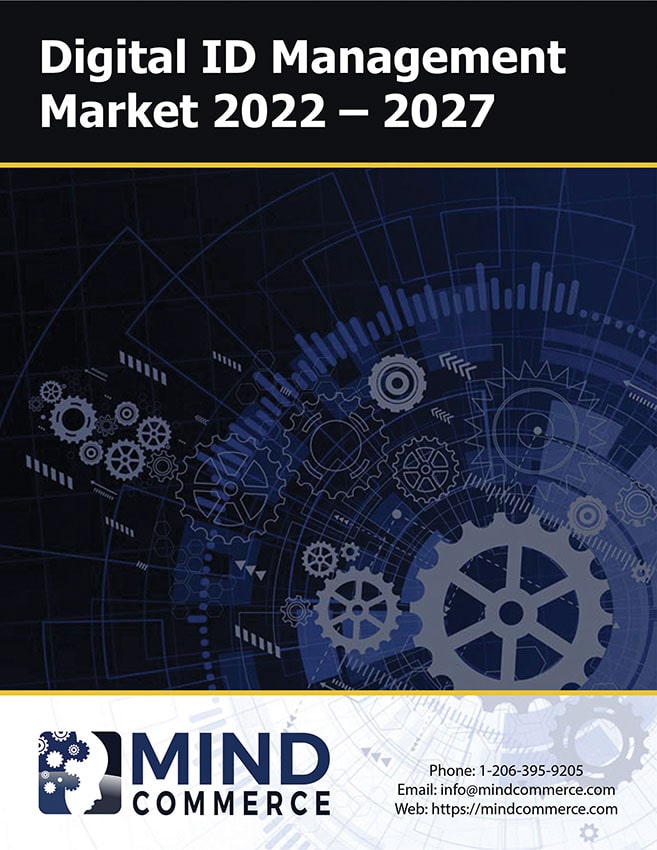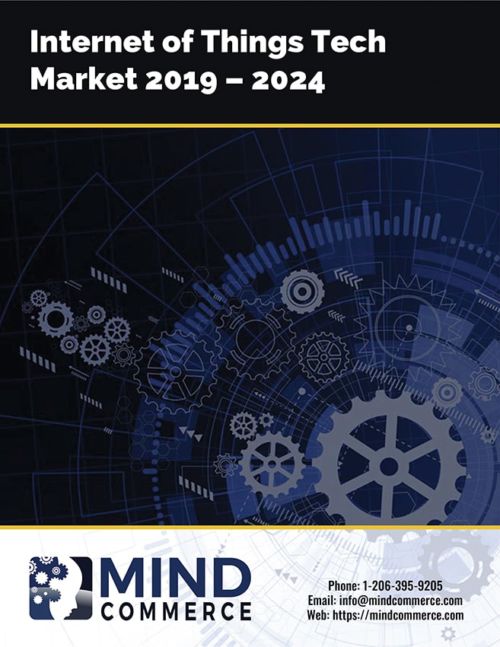Description
With digital transformation a major enterprise initiative for many large companies, and physical-to-cyber digitization rapidly expanding throughout many industries, digital identity is an extremely important topic for business. As part of this transformation, the digital identity market is rapidly expanding beyond traditional focus areas such as credentials management related to human activities and related solutions like single-sign-on. Digital identity companies are increasingly focusing on non-human-oriented activities such as the asset tracking market, the Internet of Things (IoT), and other machine-related use cases.
The digital identity market therefore relies upon many tools, such as electronic machine identification via embedded identifiers (MAC address) as well physical identification (RFID). Blockchain is also emerging as an important technology for both digital identity as well as authentication and authorization of transactions, care-of-custody, and usage of electronic assets in which interactions involve little to no human involvement. Specific industry examples include smart machines and digital twins solutions.
Digital Identity Market Dynamics
Managing identities and access control for enterprise applications remains one of the greatest challenges facing IT today. While an enterprise may be able to leverage several cloud computing services without optimal identity and access management processes, long-term success will be largely determined by the a company’s ability to extend digital identity into the cloud. This is a necessary prerequisite for strategic use of on-demand computing services, which is one of the major opportunities within the digital identity market.
Furthermore, today’s rapidly evolving cloud computing ecosystem requires an ongoing assessment of an organization’s readiness to conduct cloud-based Identity and Access Management (IAM), as well as understanding the capabilities of the organization’s cloud computing providers. While the digital identity management market has historically focused largely on activities involving direct human interaction, such as secure access to physical or digital assets, emerging areas like the use of wearable technology to automatically monitor workers at a manufacturing plant, will play a role in terms of enterprise security and access control. In a consumer related example, the use of wearables to monitor human health and well-being (part of the telemedicine market) will equally rely upon digital identity market solutions.
The future of ICT will involve many additional identity-related issues and challenges that pertain to non-human activities such as those autonomous actions that occur on behalf of humans with the Internet of Things (IoT). Therefore, it is critically important to understand the state of the digital identity management market today so that one can better position for the future of ID management in an IoT world. In terms of IoT identity management data elements, there are many to consider for administration of devices, infrastructure, and applications including Service Provider ID, Machine ID, and Enterprise ID. There are also many different identification data formats that may be applied.
In general, it is preferred to leverage industry-standard formats, such as the Universally Unique Identifier (UUID), which is a 128-bit number used to identify information in computing systems. One unique aspect about us of UUID is that its use does not depend upon a central registration authority or coordination between parties generating UUIDs for identification of their IoT-related assets. The digital identity market also leverages blockchain technology for the IoT identity management market and the IoT authentication management market. Additional ICT areas heavily reliant upon the digital identity market include the machine trust market, IoT device management market, 5G security market, and the general cybersecurity market.
Digital Identity Market Report
This report assesses the digital identity management market including the concepts, key challenges, future trends and analysis of the key market players and solutions. This research evaluates the current state and future outlook of identity management solutions and services with a focus on leading technical approaches, technologies, companies, and solutions. This includes opportunities in existing areas, such as digital identity as a service, as well as emerging areas, such as the Identity of Thing (IDoT) and IoT identity managed services. The report includes forecasts for all major areas from 2022 to 2027.






